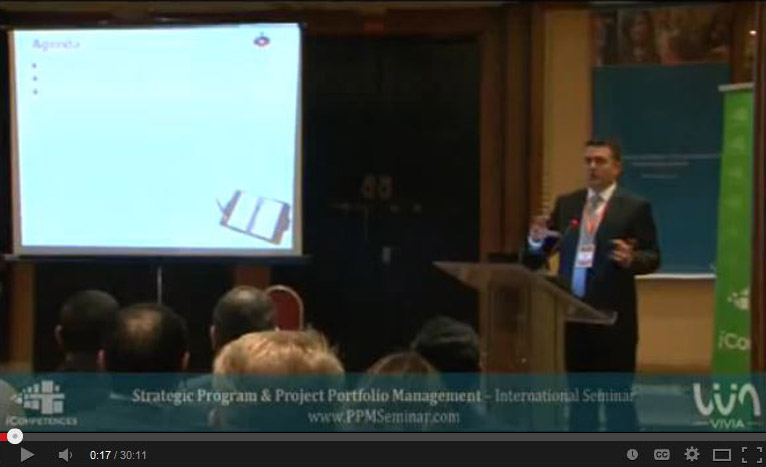Article - How And Why Do We Write Project Charters?
Submitted by Jamal Moustafaev on Wed, 04/30/2014 - 19:20NOTE: See also the “Downloads” section of the website for the Project Plan template.
Initiation "Barbarossa"
Late in 1940 the Soviet government was starting to get concerned that the country was in danger of German invasion despite the signing of the peace treaty with the Nazis in 1939. The suspicions were initially aroused because Hitler began to accumulate a significant number of motorized, infantry and tank divisions in the vicinity of the Soviet-German border. However German Foreign Minister Ribbentrop continued to insist that those troops were simply preparing for the Operation Sealion - the invasion of England.
Joseph Stalin, the dictatorial leader of the Soviet Union, who did not exactly have a reputation as an overly trusting individual, needed reliable information regarding German plans and intentions. He delegated this task to Fillip Golikov, the head of powerful and highly secretive GRU, the Chief Intelligence Directorate (Military Intelligence).
Golikov concluded that he required some certain indicators that would tip him off about the impending invasion. As a result, all GRU operatives in Europe were ordered to keep a watchful eye on the ... sheep farming industry. The head of GRU ordered his staff to create a file on every large sheep breeder and on every market where sheep were sold. From that point on he would receive a daily report with prices of sheepskins and mutton from all major European livestock breeding centers.
Furthermore, Soviet spies started paying a lot of attention to ... oiled rags discarded by German soldiers after cleaning of their weapons. These rags were gathered all over Europe (wherever German troops were stationed) and dispatched to Moscow via diplomatic channels. Upon arrival in Moscow the rags were transferred to the leading research centers for analysis.
Based on the "sheep memos" and the results of the chemical studies, general Golikov regularly reported to Stalin that the Germans were in no way ready to attack the Soviet Union. Golikov also insisted, and Stalin agreed, that warnings from all other intelligence sources including even British Prime Minister Winston Churchill should be ignored.


